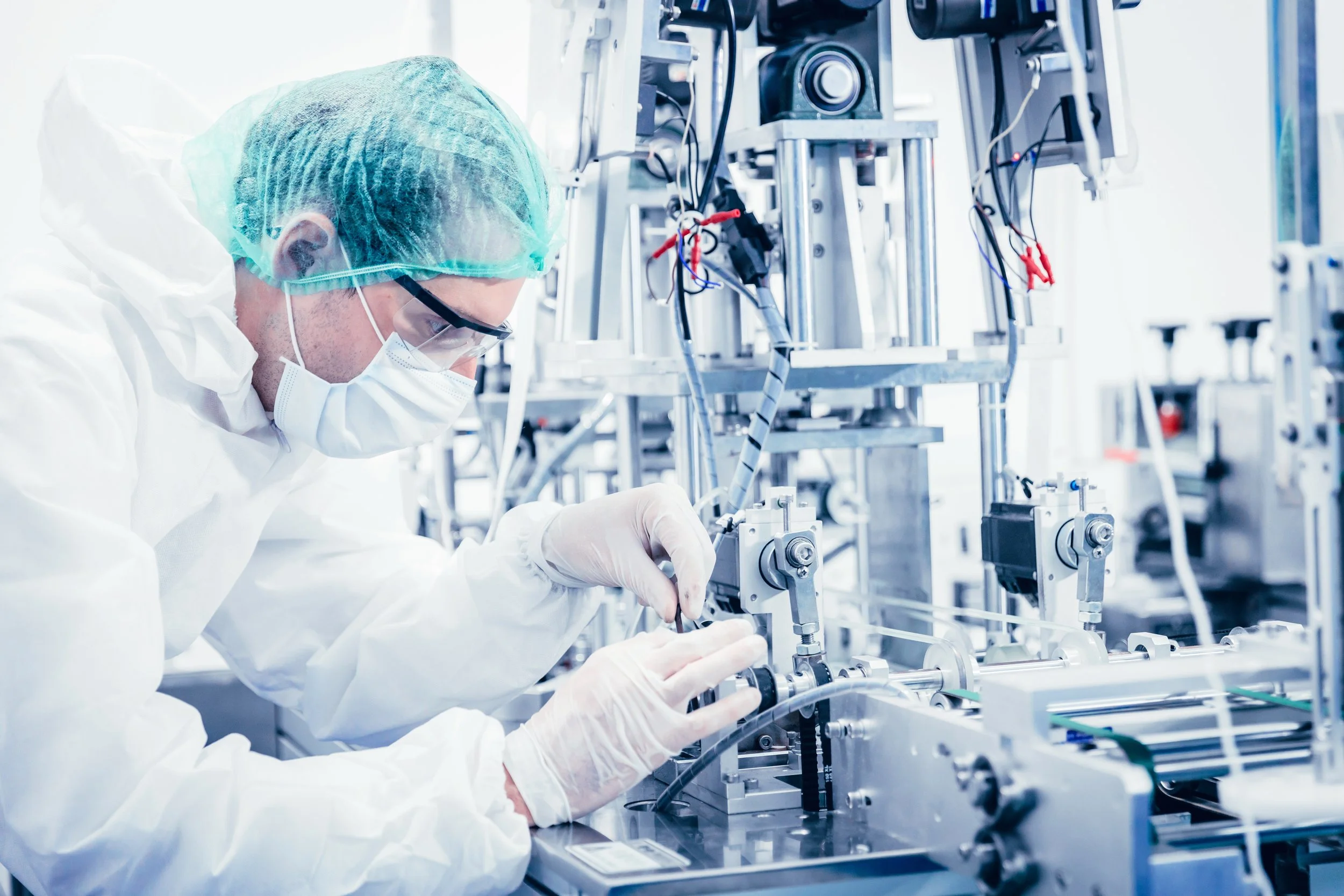In the fast-paced and precision-driven world of healthcare, the reliability and accuracy of biomedical equipment are paramount. Ensuring that biomedical devices function correctly and provide accurate readings is not just a regulatory requirement but a critical component of patient safety and quality care. This is where biomedical equipment calibration checks come into play.
What is Biomedical Equipment Calibration
Calibration is the process of configuring an instrument to provide a result for a sample within an acceptable range. Equipment calibration involves comparing the measurements provided by a device to a known standard and adjusting the device to match that standard. This process helps to ensure that devices provide accurate, reliable, and repeatable results, which are essential for effective diagnosis, treatment, and patient monitoring.
Importance of Calibration Checks
Accuracy and Reliability: Regular calibration checks ensure that medical equipment provides accurate readings, which are crucial for diagnosing and treating patients. Inaccurate readings can lead to misdiagnosis, inappropriate treatment, and potentially harmful outcomes.
Compliance with Standards: Healthcare facilities must comply with various national and international standards and regulations regarding medical equipment. Regular calibration checks help ensure compliance with standards set by organizations such as the International Organization for Standardization (ISO), the Food and Drug Administration (FDA), and other regulatory bodies.
Patient Safety: Ensuring the accuracy of medical devices directly impacts patient safety. For example, incorrect dosages from infusion pumps or inaccurate readings from blood pressure monitors can lead to severe consequences. Regular calibration checks minimize these risks.
Cost Efficiency: Calibrated equipment can prevent costly errors, reduce downtime, and extend the lifespan of medical devices. This can lead to significant cost savings for healthcare facilities in the long run.
The Calibration Process
Pre-Calibration Check: Before calibration, the device undergoes a pre-check to identify any obvious defects or issues that might affect the calibration process.
Calibration: The device is tested against known standards using precise instruments. Adjustments are made to align the device's output with the standard.
Post-Calibration Check: After calibration, the device is tested again to ensure that it now provides accurate readings. A calibration certificate is often issued, documenting the device's compliance with accuracy standards.
Regular Maintenance: Calibration is not a one-time event. Regular maintenance schedules should be established based on the device manufacturer's recommendations and the equipment's usage frequency.
Toll Free landline number: 800-937-3724
Brands We Service
Let Us Know How We Can Help






























































































